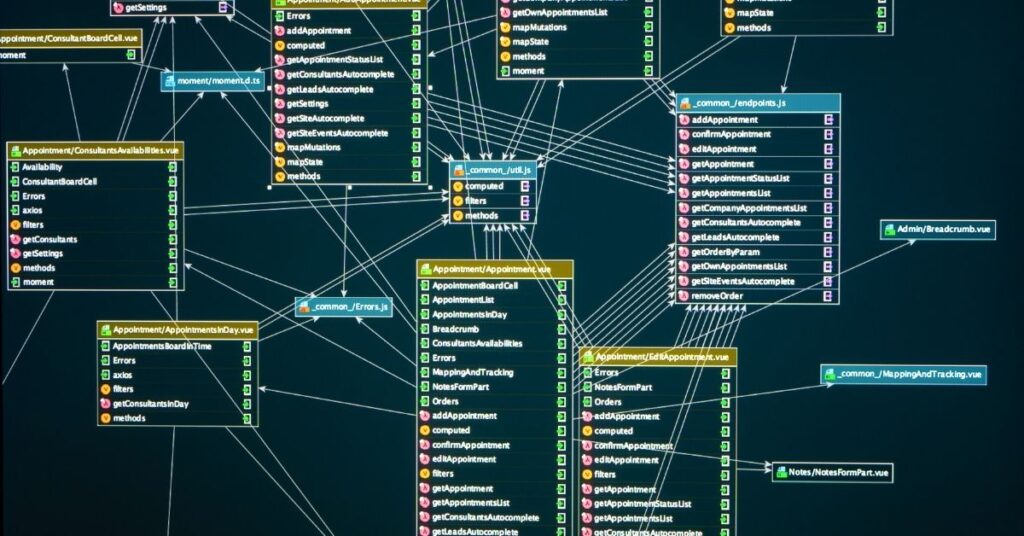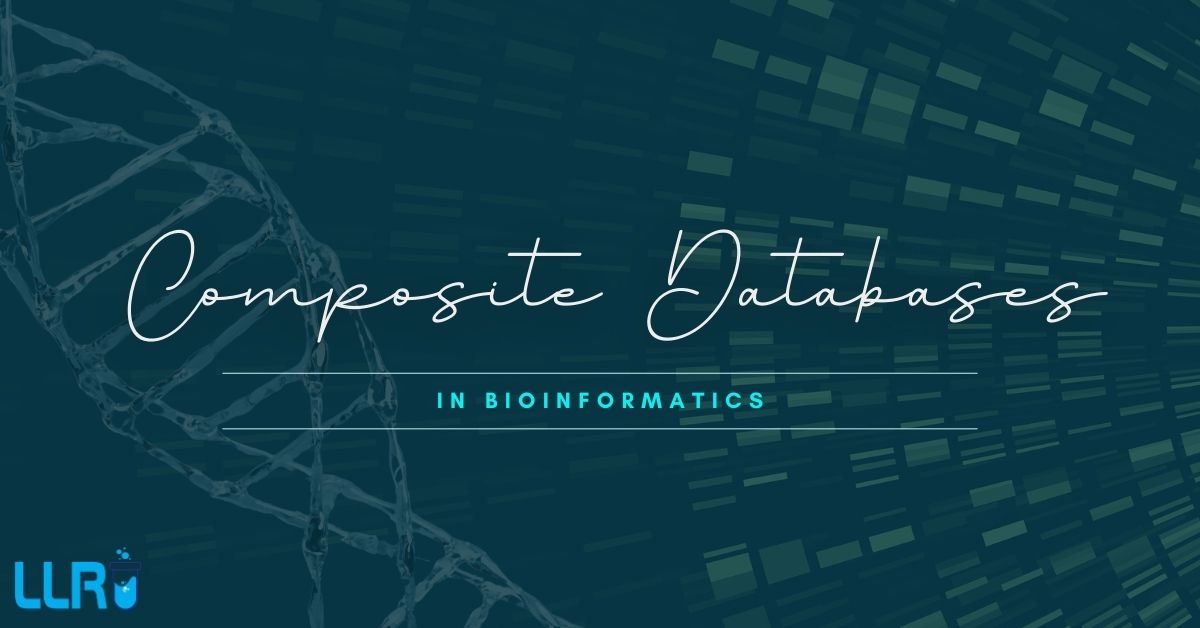Composite Databases In Bioinformatics: Bioinformatics is one of the fastest-evolving fields today, and at its core lie databases brimming with invaluable biological data. Among these, composite databases have carved a unique niche. They simplify the task of searching through endless, scattered datasets by bringing it all together.
But how do they work, and why are they such a game-changer in research? Read on to know more here!
What is a Composite Database?
A composite database brings different datasets under one roof. Instead of scientists juggling multiple sources to find what they need, these databases offer it all in one place. In bioinformatics, this means integrating information like genetic sequences, protein structures, metabolic pathways, and even clinical data into a single platform.
Think of it as a one-stop shop for researchers. The goal is to provide organized and curated data so that users can spend less time searching and more time analyzing. A good composite database isn’t just about storing data—it’s about connecting the dots.

Types of Composite Databases in Bioinformatics
Composite databases aren’t one-size-fits-all. They cater to different needs in bioinformatics, and each type serves a unique purpose. Let’s take a closer look:
1. Sequence Databases
These databases are dedicated to storing DNA, RNA, and protein sequences. GenBank and UniProt are two well-known examples. They help researchers track genetic variations, predict protein functions, and study evolutionary relationships.
2. Structural Databases
Structure databases focus on 3D models of biomolecules. For example, the Protein Data Bank (PDB) provides detailed molecular structures, essential for drug discovery and understanding protein folding.
3. Functional Databases
Functional databases, like KEGG (Kyoto Encyclopedia of Genes and Genomes), map out how genes and proteins interact within cells. They’re often used to study biological pathways and networks.
4. Specialized Databases
Some databases are niche-specific, covering areas like drug-target interactions (e.g., DrugBank) or genetic diseases (e.g., OMIM). These serve specialized roles in pharmacology and clinical research.
5. Integrated Databases
Integrated databases, like NCBI Entrez or Ensembl, combine several types of data. These platforms are versatile, catering to everything from genome annotation to sequence retrieval.
Importance of Composite Databases in Bioinformatics
Why do composite databases matter? It’s simple—they make the lives of researchers easier while enabling faster discoveries. Here’s why they’re such a big deal:
1. Quick Data Access
Researchers no longer need to visit multiple websites or deal with scattered datasets. Composite databases streamline the entire process, putting all the data they need in one place.
2. Better Data Quality
Curated databases reduce errors and inconsistencies. For example, in clinical research, accurate data can mean the difference between success and failure when developing treatments.
3. Saves Time and Effort
Instead of wasting time on redundant data entry or analysis, scientists can focus on solving real problems. This is particularly critical in time-sensitive fields like drug development.
4. Collaboration Made Simple
These databases often include tools for sharing and annotating data. Researchers worldwide can work together more effectively using the same datasets.
5. Advancing Clinical Research
Composite databases are the backbone of many breakthroughs in clinical research. They enable researchers to study disease pathways, identify biomarkers, and even tailor treatments to individual patients.

Composite Database Examples
There’s no shortage of impressive examples of composite databases in bioinformatics. Each has its own niche, contributing to various branches of science:
1. GenBank
Managed by the NCBI, GenBank collects nucleotide sequences from all over the globe. It’s one of the oldest and most relied-upon databases in bioinformatics.
2. UniProt
UniProt focuses on protein sequences and related data, such as protein functions and interactions. It’s widely used in fields like proteomics and molecular biology.
3. KEGG
This database organizes biological pathways, helping researchers explore molecular interactions and networks. It’s often used in drug development and metabolic studies.
4. DrugBank
DrugBank combines chemical and clinical data about drugs and their targets. This is an essential tool for anyone involved in pharmaceutical research.
5. Ensembl
Ensembl is a genome database that integrates data across species. It’s frequently used for genome annotation and evolutionary studies.
Role of Composite Databases in Clinical Research
Composite databases don’t just help biologists—they’re also making waves in clinical research. Whether you’re pursuing a clinical research course or working in a clinical research institute, these databases are part of the daily grind.
1. Connecting Data for Faster Decisions
Clinical trials involve massive amounts of data—from patient information to drug interactions. Composite databases help researchers connect these dots faster, leading to quicker results.
2. Learning for the Future
Top institutes like the Learning Labb Research Institute (LLRI) integrate database training into their courses. This equips students with practical skills they’ll need to excel in clinical research.
3. Affordable Training Options
LLRI’s clinical research course fees are designed to make world-class education accessible. With hands-on training in composite databases, students learn how to extract meaningful insights from complex datasets.
The Future of Composite Databases
While composite databases are already powerful, there’s room for improvement. Challenges like data overload and standardization issues still exist. However, advancements in machine learning and AI are poised to tackle these hurdles.
Imagine databases that not only store information but also predict trends, suggest experiments, or flag inconsistencies automatically. The possibilities are endless, and bioinformatics is only scratching the surface.

On A Final Note…
Composite databases in bioinformatics are not just about storing data—they’re tools for innovation. They save time, reduce effort, and open doors to discoveries that would otherwise be impossible. From academic research to clinical trials, their importance is undeniable.
Institutions like Learning Labb Research Institute are taking this knowledge forward, equipping students with skills that blend bioinformatics with clinical research. By joining a clinical research training center, you’re not just learning—you’re becoming part of the future of science.
If you’re ready to get into the world of bioinformatics or explore opportunities in clinical research, there’s no better time than now. Learn, explore, and contribute—because the data-driven future is here.

